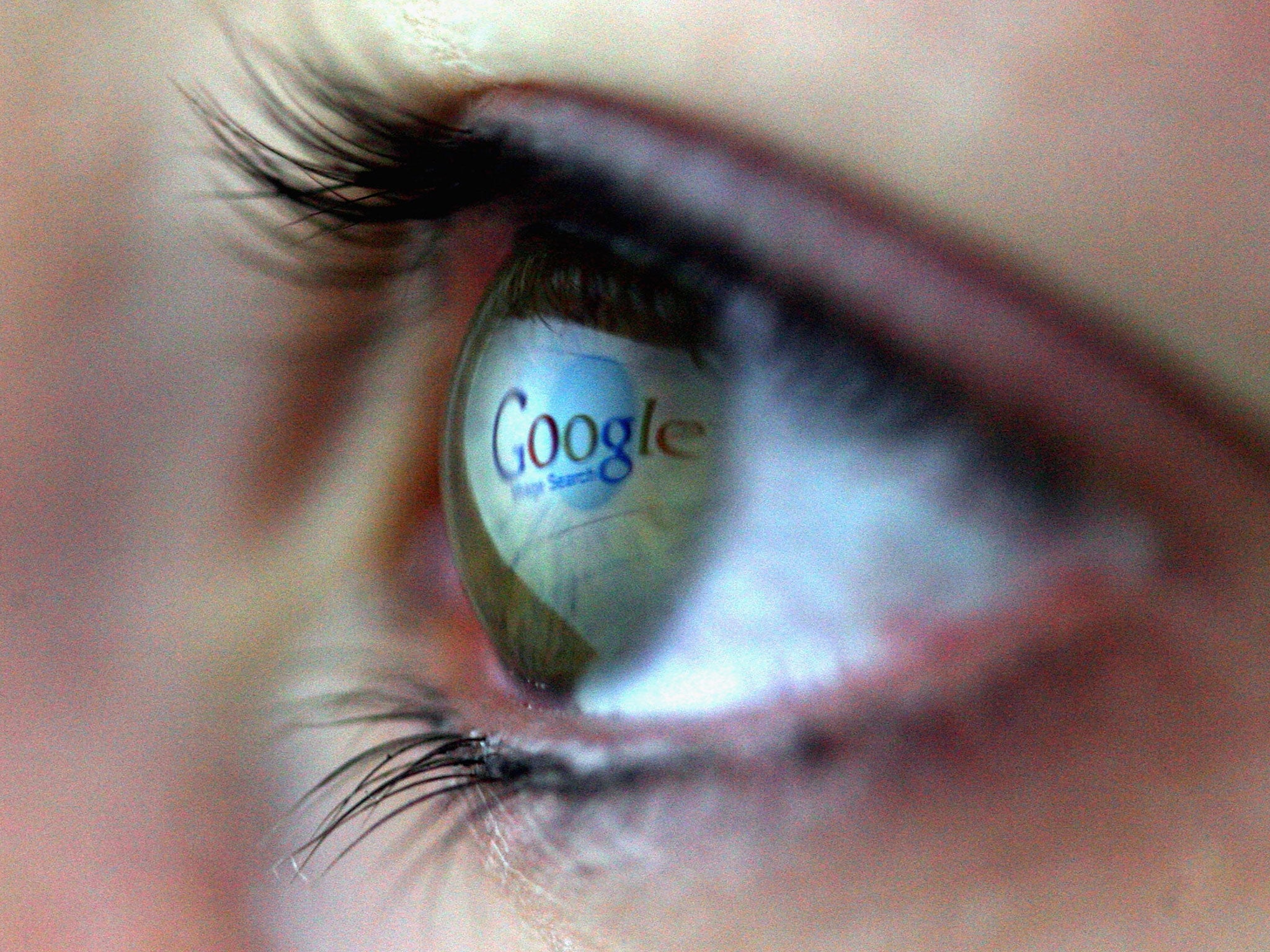Google patents computer that can be injected directly into the eyeball
The injection would improve its owners vision – and also give them access to extra powers

Google is working on a computer that can be injected into people’s eyeballs.
A new patent filing shows plans for a device that would stick into people’s eyes and correct their sight, but also provide extra powers. Though the technology in the patent may never actually be released, it is another example of Google’s apparent interest in getting computers onto and into people’s eyes.
The injectable machine would be put just behind the visible part of the eye, focusing light so that it can correct poor vision.
It would also include storage, a radio and lenses, the patent says. It would power all of that using an energy-gathering antenna. That antenna would allow it to connect to another device outside of the eye that would help it process information.
Google had previously tried to create an eye-linked computer with Google Glass spectacles, but that idea ran into problems and is now being relaunched as a product specifically for the workplace.
Patents since then have appeared to show that Google is making steps to place technology onto the eyeball itself, rather than just an external visual aid. In 2014, it filed another patent for smart contact lenses that could display information and monitor their wearer’s glucose levels.
Work on the technology in that patent appears to be ongoing and the company is collaborating with a healthcare company to develop similar technology. But many technology patents never actually make it to market, so the injectable computer might not actually be in people’s eyes any time soon.
Join our commenting forum
Join thought-provoking conversations, follow other Independent readers and see their replies
0Comments